Sidney Jourard was a key figure in the Humanistic Psychology movement. He believed that a person could increase their inner strength by being true to their self. They could do this by following their values and, in addition, disclosing their real self to other people.
This approach was akin to Carl Rogers’ ideas about congruence. The more real a person could be, the greater their ability to connect with other people. This enabled people to have richer relationships.
I attended one of Sidney’s talks in London in 1970 and was impressed by how his ideas were embraced by the people that attended. He struck a chord that resonated with people and, in some cases, stays with them more than forty years later. He believed that:
A healthy person knows their true self. They know how to behave in an authentic and appropriate way with others. They know how to behave responsibly and encourage others to be their true selves. They are therefore more able to make true connections with other people.
An unhealthy person may not know their true self and may therefore find it difficult to make true connections with other people.
————–
Sid, as he was known, was born in Toronto, Canada in 1926. He went on to hold many senior academic positions before becoming Professor of Psychology at the University of Florida. He lived a full and influential life before his untimely death in 1974.
Whilst recognised and honoured as an academic, he was known for his vibrancy and love of life. He had a remarkable flair for connecting with people in audiences. His own honesty and down to earth examples encouraged honesty in other people.
At the same time, he was a rigorous researcher who produced best selling psychology books, such as The Transparent Self, Disclosing Man To Himself and Healthy Personality.
Sid’s work needs to be seen in the context of the changes that were then happening in society. At the time there was questioning about the institutions that affected people’s daily lives.
The accepted institutions taught people how they ‘should’ behave in order to be successful. Ivan Illich, for example, maintained that ‘schooling’ – rather then ‘education’ – was dedicated to getting children to repeat answers, rather than to learn.
The danger was that, even if people succeeded inside a system – be it a school, organisation or society – they may experience a sense of unreality. They may feel separate from their real self.
Such people might be giving the right answers to others, but not to their souls. They may become part of what David Riesman described in his 1950s book The Lonely Crowd.
Sid, like many writers and teachers at the time, sometimes aimed to provoke people into exploring how they could be their real selves. Today we would probably start with the positive, showing how people felt healthier when following their values.
At that time, however, it was quite common to start with a critique of what was going wrong. Therefore, in The Transparent Self, Sid wrote:
We begin life with the world presenting itself to us as it is. Someone – our parents, teachers, analysts – hypnotizes us to ‘see’ the world and construe it in the ‘right’ way.
These others label the world, attach names and give voices to the beings and events in it, so that thereafter, we cannot read the world in any other language or hear it saying other things to us.
The task is to break the hypnotic spell, so that we become undeaf, unblind, and multilingual, thereby letting the world speak to us in new voices and write all its possible meaning in the new book of our existence.
We camouflage our true being before others to protect ourselves against criticism or rejection. This protection comes at a steep price.
When we are not truly known by the other people in our lives, we are misunderstood. When we are misunderstood, especially by family and friends, we join the ‘lonely crowd.’
Worse, when we succeed in hiding our being from others, we tend to lose touch with our real selves. This loss of self contributes to illness in its myriad forms.
Transparency Can Lead To Health
What was the solution? Sid explains that it was important for a person to be true to their real self.
They can do this by enjoying being alone – like many healthy people do – and exploring their values. Such an experience could be exciting, rather than lonely.
Connecting with one’s true self could also make it easier to connect with other people. You would know how to create the conditions that enabled them to feel able to explore, rather than to be on trial.
A person could also learn more about themselves through the process of true dialogue with others. This could lead to enriching relationships that embodied the qualities described by Martin Buber in his book I and Thou.
The I-Thou relationship means that people can truly connect with each other and experience a unity of being. This richness is similar to their experiences of connecting with nature or their spiritual beliefs. It is a far cry from the I-It relationships – with its sense of separation – that people may experience in their lives.
Sid believed that being transparent in a responsible ways could lead to health for both oneself and others. He wrote:
When I say that self-disclosure is a means by which one achieves personality health, I mean something like the following: it is not until I am my real self and act my real self that my real self is in a position to grow. One’s self grows from the consequences of being. People’s selves stop growing when they repress them.
Dr. Ned Schultz, of California Polytechnic State University, wrote:
Sidney Jourard used the concept of transparency to mean self-disclosure. He felt that the only way one could come to understand himself or herself was through disclosure to significant others. This requires a dropping of defenses, pretense, social performance and other protections against authenticity.
Transparency requires honesty and courage. Becoming more transparent is an on-going process. So in this sense, the transparent self is not the parts of self that are revealed, but the dynamic process of moving toward authentic self-disclosure.
In many ways the transparent self is a set of attitudes and habits for interacting with significant others.
http://cla.calpoly.edu/~nschultz/419/10WK.html
Sid died in a freak accident when repairing his beloved car, an old Triumph. A jack collapsed and the car fell on Sid, resulting in his death. There is no telling what work he would have produced in the rest of his career, but his legacy continues to inspire many people.
Sid believed that a person became healthier by being open and honest. Feeling a connection with their inner self, they felt stronger and able to take on challenges. They then felt more real and able to use their talents to help other people to grow.
Links
The Sidney Jourard Web Site
The Jourard Web Site
This site is run by Marty Jourard, one of Sid’s children, who is a musician. On it he provide more information about his father.


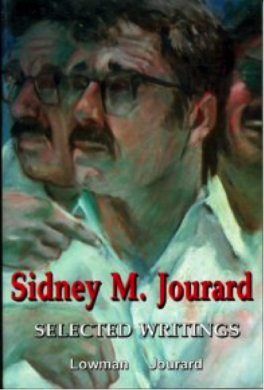
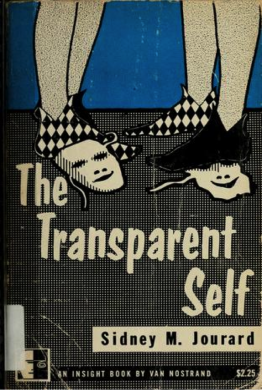
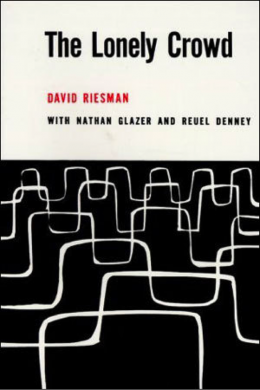
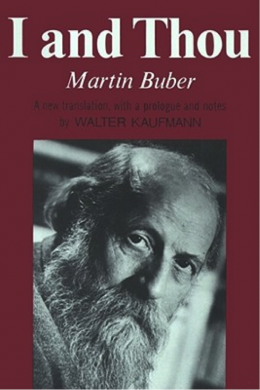
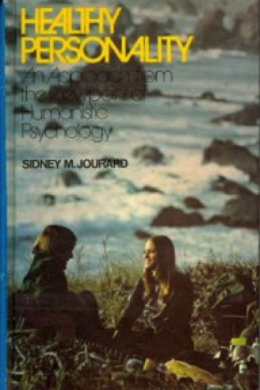




Thank you for this article…it gave me hope for myself.